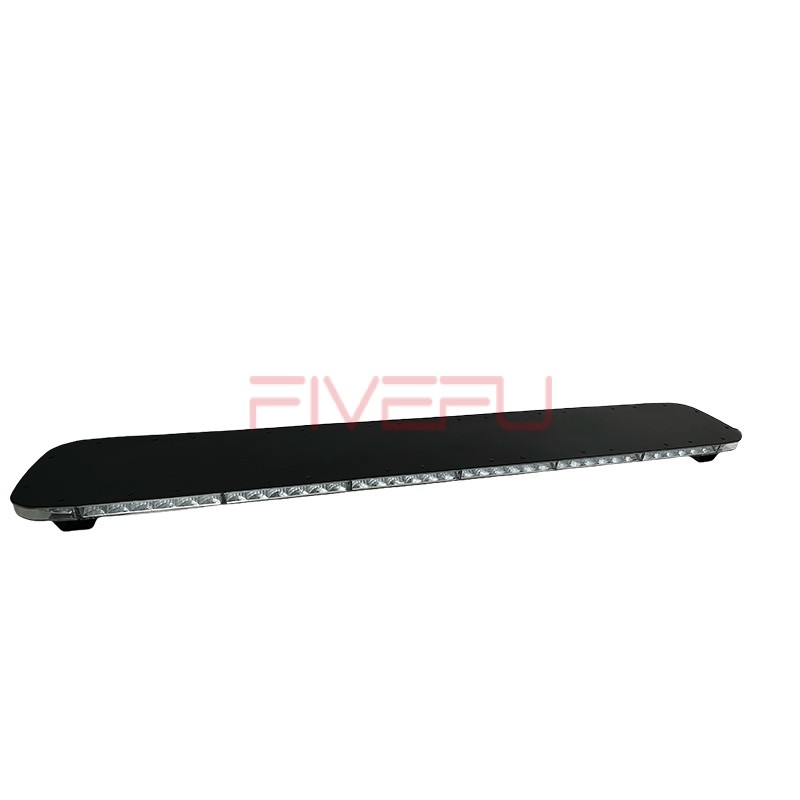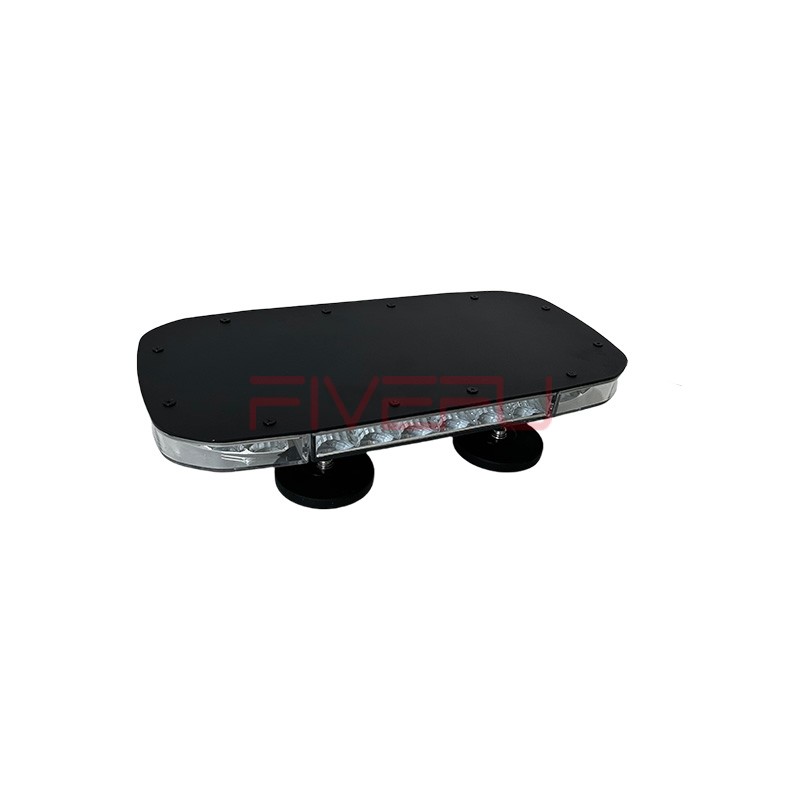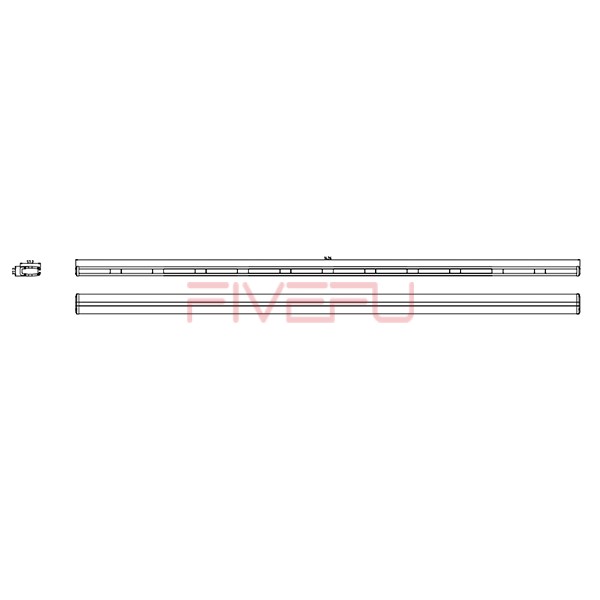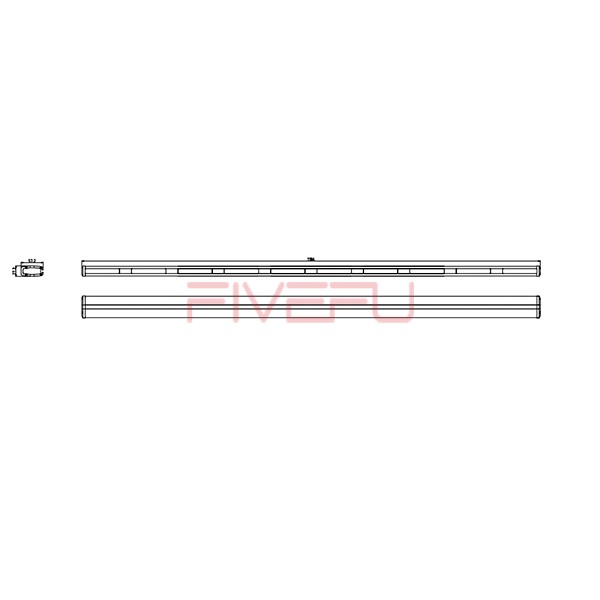Struggling with poor lighting in freezing temperatures? Inefficient lights fail in the cold, creating dangerous conditions. Switch to LED lights for unmatched performance and safety.
LED lights are the best choice for cold weather conditions due to their excellent efficiency, durability, and consistent brightness in freezing temperatures. Unlike traditional bulbs, LEDs thrive in the cold, making them ideal for outdoor and industrial applications where low temperatures are a concern.
Curious why LED lights outperform in cold climates? Let’s explore the key factors that make them the ultimate choice.
Materials
LED lights are crafted with materials specifically designed to withstand extreme weather conditions. Unlike incandescent bulbs that rely on fragile filaments or halogen gas, LEDs use solid-state technology. This design ensures that components like the diodes and casings remain functional even in sub-zero temperatures. Furthermore, high-quality LED housings are often made from durable, corrosion-resistant materials, providing additional protection against frost and moisture in cold environments.
Wiring of Electrical Equipment
The wiring of LED lights is optimized for stability in varying conditions. High-grade insulation materials protect the electrical components from cracking or hardening due to cold temperatures. Additionally, LEDs consume less power than traditional lighting, reducing the strain on electrical systems during operation. This efficiency not only prolongs the lifespan of the wiring but also minimizes the risk of short circuits or energy loss, making them more reliable for long-term use in harsh climates.
Visibility
LED lights provide exceptional visibility in cold weather conditions. Their ability to produce bright, consistent light even in freezing temperatures makes them invaluable for outdoor applications like street lighting, parking lots, and security systems. Unlike fluorescent lights, which may flicker or fail to start in the cold, LEDs offer instant brightness without delays. This feature ensures safety and convenience, particularly in areas where visibility is critical during icy or snowy conditions.
Glares & Trespass
One of the notable advantages of LED lights is their ability to minimize glare and light trespass. LEDs are designed to emit directional light, allowing for precise illumination without excessive scatter. This feature is especially beneficial in cold climates where snow can amplify glare, potentially causing discomfort or accidents. With LED lights, you can achieve focused lighting that enhances safety and comfort while reducing light pollution in residential or industrial areas.
Strength
LED lights are known for their strength and durability, which are crucial in cold weather conditions. The solid-state construction of LEDs ensures that they are resistant to shock, vibration, and impact. This robustness is particularly important for outdoor lighting exposed to harsh winds, snowstorms, or freezing rain. Additionally, LEDs have a significantly longer lifespan than traditional lights, often lasting up to 50,000 hours, making them a cost-effective and dependable choice for challenging environments.
Conclusion
LED lights are the ultimate solution for cold weather conditions, offering unmatched efficiency, durability, and safety. Make the switch today!









